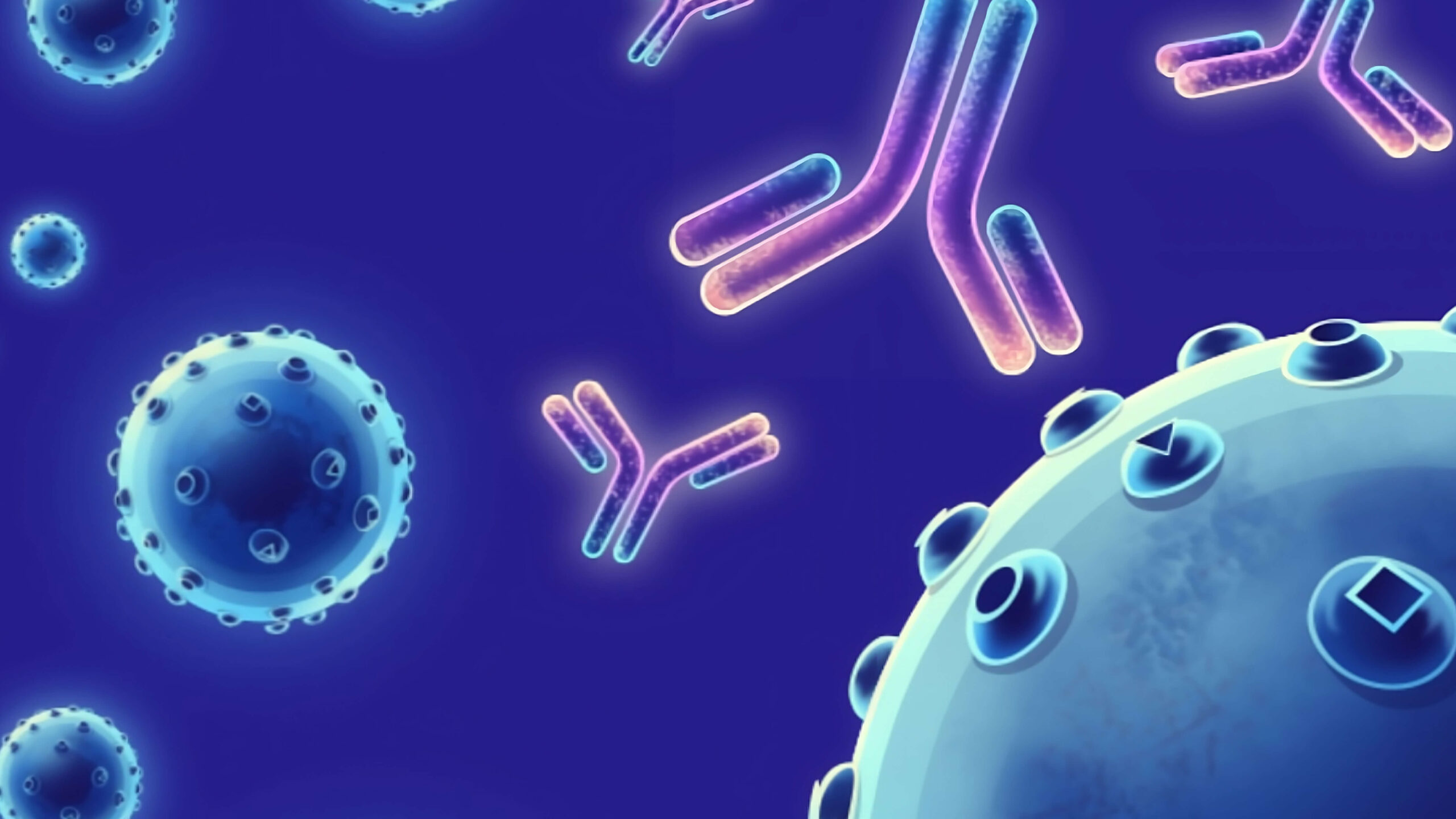Description
TLR4, also known as TLR-4, is a member of the Toll-like receptor (TLR) family, which plays a fundamental role in pathogen recognition and activation of innate immunity. TLRs are highly conserved from Drosophila to humans and share structural and functional similarities. They recognize pathogen-associated molecular patterns (PAMPs) that are expressed on infectious agents, and mediate the production of cytokines necessary for the development of effective immunity. TLR4 is most abundantly expressed in placenta, and in myelomonocytic subpopulation of the leukocytes. TLR 4 has also been designated as CD284 (cluster of differentiation 284). It has been implicated in signal transduction events induced by lipopolysaccharide (LPS) found in most gram-negative bacteria. TLR4 Cooperates with LY96 and CD14 to mediate the innate immune response to bacterial lipopolysaccharide (LPS). It acts via MYD88, TIRAP and TRAF6, leading to NF-kappa-B activation, cytokine secretion and the inflammatory response. It is also involved in LPS-independent inflammatory responses triggered by Ni(2+).
Target
TLR4
Target Alias Names
ARMD10, CD284, hToll, TLR-4, TOLL
Isotype/Mimetic
Rabbit IgG
Animal-Derived Biomaterials Used
No
Sequence Available
No
Original Discovery Method
Phage display technology
Antibody/Binder Origins
Animal-dependent discovery, post-2020, In vitro recombinant expression

